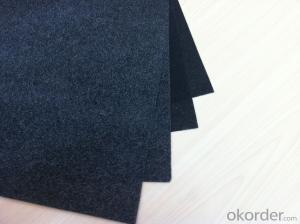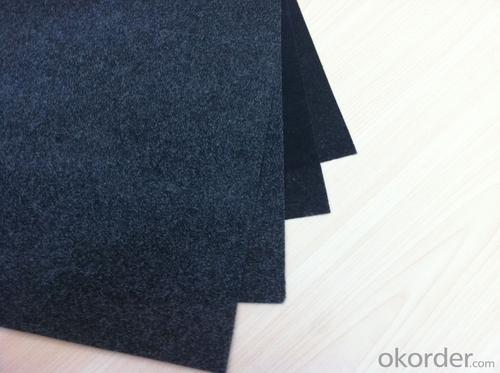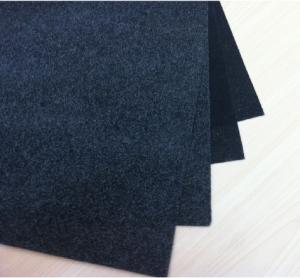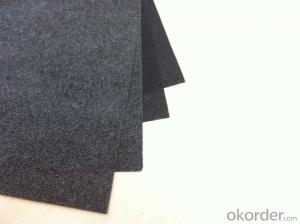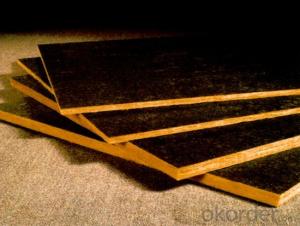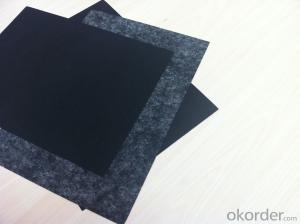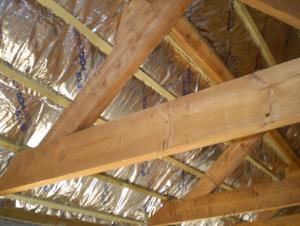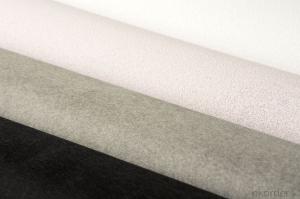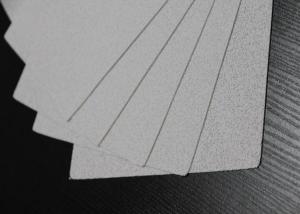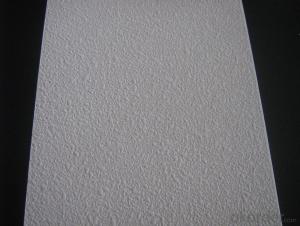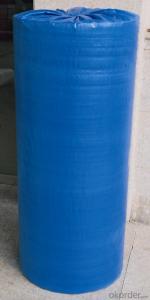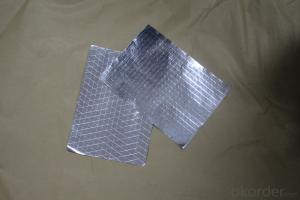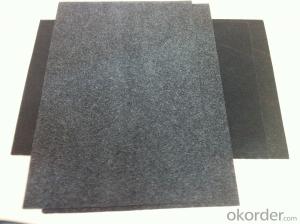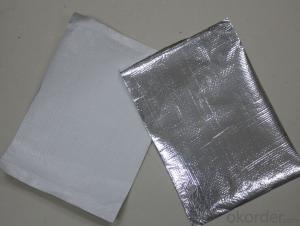C-Class Black Fiberglass Facing Tissue for Insulation-65C
- Loading Port:
- Shanghai
- Payment Terms:
- TT OR LC
- Min Order Qty:
- 500 m²
- Supply Capability:
- 100000 m²/month
OKorder Service Pledge
OKorder Financial Service
You Might Also Like
Description of Fiberglass Tissue for Thermal Insulation
Fiberglass Tissue is a kind of facing, which is made of by the white fiberglass tissue, and special production process.
Good Aspect of Fiberglass Tissue for Thermal Insulation
Light weight
• Good visual effect
• High reflective insulation
Packing of Fiberglass Tissue for Thermal Insulation
1. Waterproof paper then PVC shrinking Film
2. Water-Proof film only
3. Heat resistant, water proof, stable at high temperature;
4.Environmentally friendly, no smell and not-toxic;
5.Smooth and clear surface;
Specification of Fiberglass Tissue for Thermal Insulation
PROPERTIES | UNIT | VALUE | TEST METHOD |
Basic weight | gsm | 98 | ASTM D646 |
Tensile strength: M. D. X. D. | N/25mm | 132 65 | ASTM D828 |
Burst strength | N | 30 | ASTM D774 |
Reflectivity of foil surface | % | 95 | ---------- |
Temp. Resistance | -29°C 66°C | No Delamination No Delamination | ASTM C1263 |
Water vapor permeance | ng/N.s | 1.15 | ASTM E-96 |
Pictures of Fiberglass Tissue for Thermal Insulation
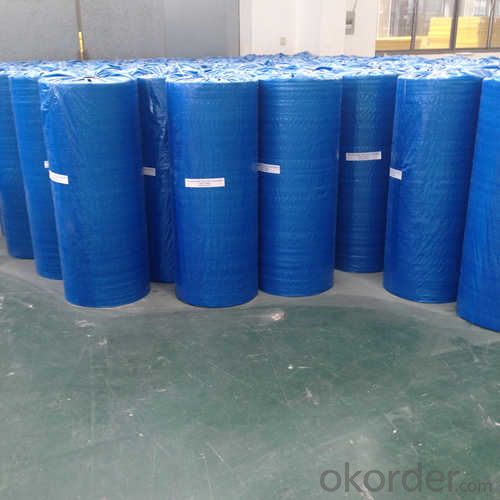

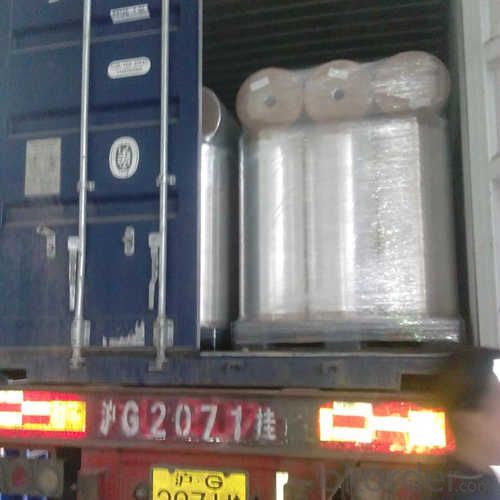

FAQ
We have organized several common questions for our clients,may help you sincerely:
1. What is the storage condition?
The Aluminum Foil Facing should be stored at room temperature and kept from wet and heat source.
2. How to guarantee the quality of the products?
We have established the international advanced quality management system,every link from raw material to final product we have strict quality test;We resolutely put an end to unqualified products flowing into the market. At the same time, we will provide necessary follow-up service assurance.
3. How long can we receive the product after purchase?
We resolutely put an end to unqualified products flowing into the market. At the same time, we will provide necessary follow-up service assurance.
- Q: This question asks about the positive environmental impacts of incorporating glass fiber paper in construction.
- <p>The use of glass fiber paper in construction projects offers several environmental benefits. It is a sustainable material that can be recycled, reducing waste in landfills. It has excellent insulation properties, which can lower energy consumption in buildings and reduce greenhouse gas emissions. Glass fiber paper is also resistant to moisture and rot, which means it doesn't require treatments with harmful chemicals, thus reducing environmental pollution. Additionally, it is lightweight and strong, reducing the amount of material needed for construction and lowering transportation emissions. Overall, its use promotes a more eco-friendly and sustainable construction industry.</p>
- Q: This question asks for an explanation of how black fiberglass tissue is utilized across different sectors.
- <p>Black fiberglass tissue, also known as black glass fabric, is widely used in various industries due to its high strength, heat resistance, and electrical insulation properties. It is commonly applied in the electronics industry for printed circuit boards and insulation components. In the construction sector, it is used for reinforcing materials in concrete and as a fire-resistant barrier. The automotive industry utilizes it for heat shields and electrical components. Additionally, it is employed in aerospace for lightweight, high-strength components and in the marine industry for corrosion-resistant applications. Overall, black fiberglass tissue enhances product performance and durability in a multitude of applications.</p>
- Q: What is the tensile strength of black fiberglass tissue?
- <p>The tensile strength of black fiberglass tissue can vary depending on the specific type and manufacturing process. Generally, it ranges from 500 to 3000 MPa (or 72,500 to 435,000 psi). This high tensile strength makes it suitable for applications requiring high strength-to-weight ratios, such as in construction, automotive, and aerospace industries. It's important to note that the exact tensile strength should be obtained from the manufacturer's specifications for the specific product in question.</p>
- Q: What is the glass fiber needle felt dust filter bag
- The needles were used to puncture the chopped fiberglass mats, and the fibers between the felt layers, the fiberglass between the felt layer and the reinforcing glass cloth were mechanically entangled
- Q: Does fiberglass facing help with soundproofing?
- Fiberglass facing is capable of aiding in soundproofing. Fiberglass possesses remarkable sound-absorbing capabilities, effectively capturing and diminishing sound waves. By utilizing fiberglass as a facing material, the soundproofing attributes of a wall or ceiling can be enhanced, minimizing noise transmission. The facing functions as a barrier, effectively preventing sound from traversing through, rendering it an efficient solution for reducing noise pollution in diverse environments, including residences, workplaces, studios, and industrial settings. Moreover, fiberglass is lightweight, simple to install, and can be effortlessly combined with other soundproofing materials to achieve superior outcomes.
- Q: This question asks about the application of glass fiber paper in construction projects, seeking to understand its role and how it is utilized.
- <p>Glass fiber paper is used in construction projects for various purposes due to its high strength, durability, and resistance to heat and moisture. It is often used as a reinforcing material in concrete, providing additional strength and preventing cracks. It can also be used as a barrier to prevent water and moisture from penetrating walls and ceilings, acting as a vapor barrier. In insulation applications, it helps to reduce heat transfer and improve energy efficiency. Glass fiber paper is also used in the production of fiberglass, which is used for roofing, insulation, and other structural components. It's important to follow safety guidelines when handling glass fiber paper due to its potential health risks.</p>
- Q: Is it possible to utilize glass fiber paper as an insulating material within air conditioning systems?
- <p>Yes, glass fiber paper can be used for insulation in air conditioning systems. It is known for its high heat resistance, good thermal insulation properties, and resistance to moisture, making it suitable for maintaining the efficiency of air conditioning systems by reducing heat transfer. However, it's important to ensure that the glass fiber paper used meets the specific requirements for air conditioning applications, such as being non-flammable and resistant to the chemicals and conditions present in these systems.</p>
- Q: The user is asking if they can use their old towels as a replacement for black fiberglass tissues.
- <p>While it might be tempting to repurpose old towels as a substitute for black fiberglass tissues, it's not advisable. Black fiberglass tissues are specifically designed for certain applications due to their unique properties, such as heat resistance and strength. Old towels, even if they are black, lack these specific characteristics and may not provide the same level of performance or safety. It's best to use materials as intended to ensure effectiveness and avoid potential issues.</p>
- Q: Can fiberglass facing be painted or customized?
- Yes, fiberglass facing can be painted or customized.
- Q: Can black fiberglass tissue be utilized effectively as a material for filters?
- <p>Yes, black fiberglass tissue can be used as a filter material. It is known for its high tensile strength and resistance to chemicals, making it suitable for air and liquid filtration applications. However, it's important to note that fiberglass may not be suitable for all types of filtration due to potential health risks associated with inhalation of fibers and the need for specific conditions to prevent degradation. It is often used in industrial settings for filtering particulates and in HVAC systems. Always ensure that the use of fiberglass tissue complies with safety standards and the specific requirements of the filtration task at hand.</p>
Send your message to us
C-Class Black Fiberglass Facing Tissue for Insulation-65C
- Loading Port:
- Shanghai
- Payment Terms:
- TT OR LC
- Min Order Qty:
- 500 m²
- Supply Capability:
- 100000 m²/month
OKorder Service Pledge
OKorder Financial Service
Similar products
Hot products
Hot Searches
Related keywords
